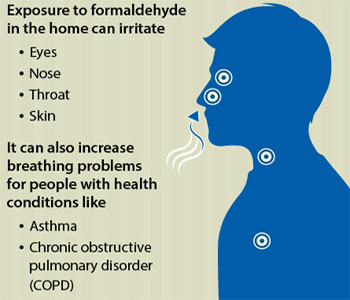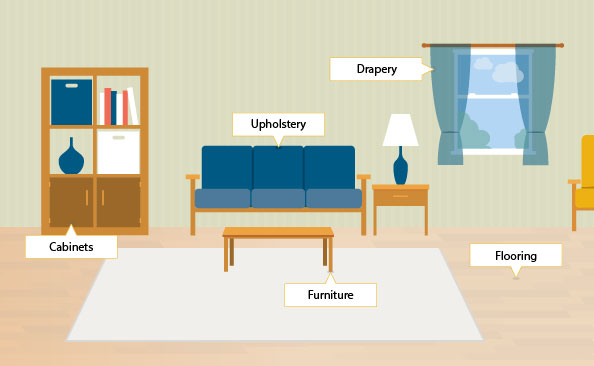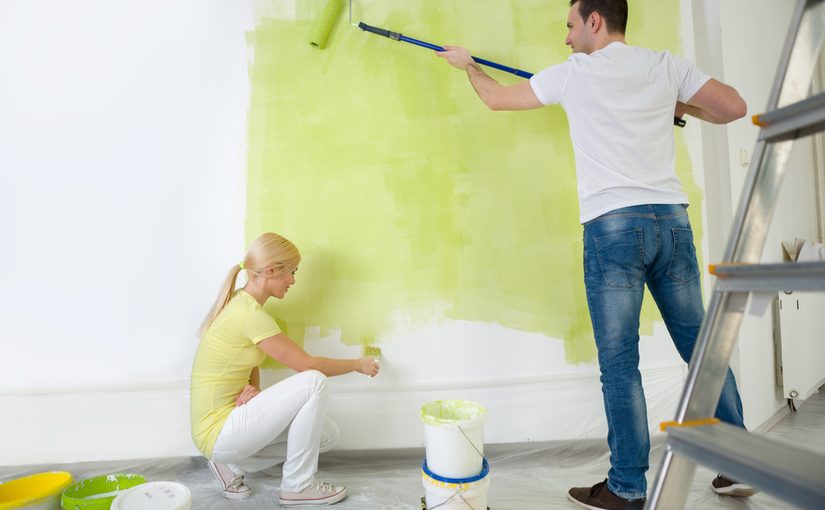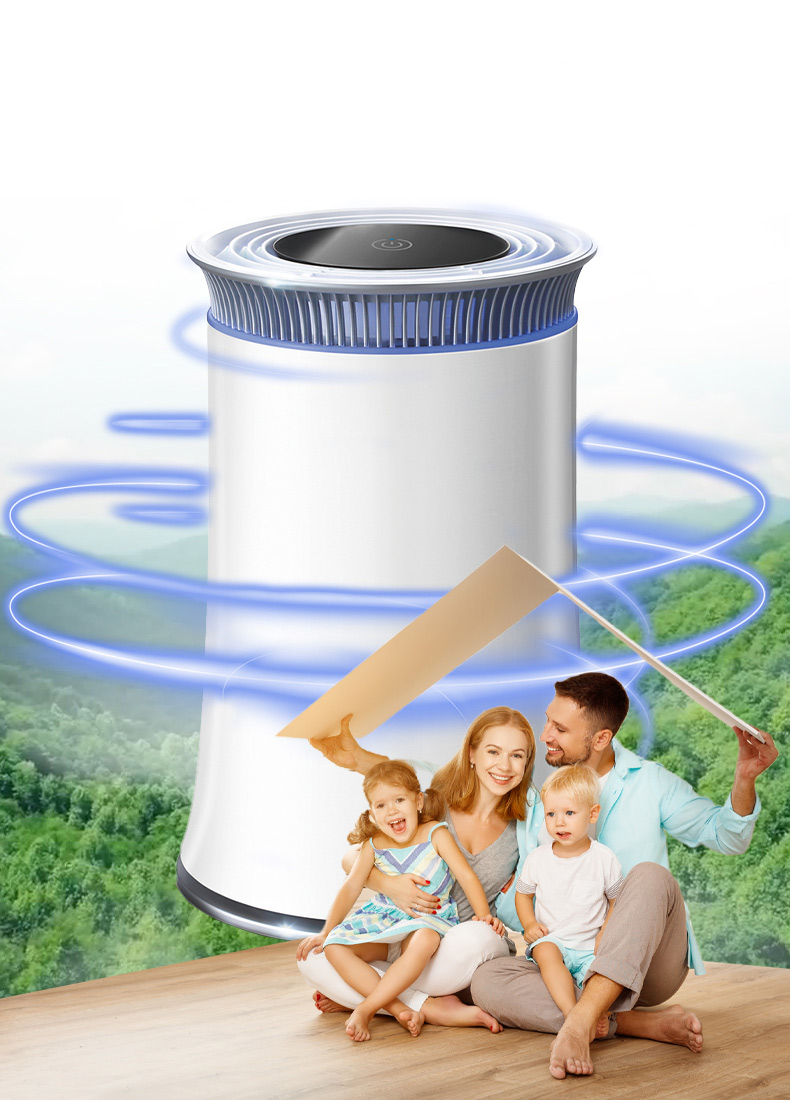Living in a new house, moving to a new home, was originally a happy thing. But before moving into the new home, everyone will choose to “air” the new house for a month to remove formaldehyde. After all, we have all heard about formaldehyde:
“Formaldehyde causes cancer”
“Formaldehyde release up to 15 years”
Everyone talks about the discoloration of “aldehyde” because there is a lot of ignorance about formaldehyde. Let’s take a look at 5 truths about formaldehyde.
ONE
DOES FORMALDEHYDE IN THE HOME CAUSE CANCER?
THE TRUTH:
PROLONGED EXPOSURE TO HIGH CONCENTRATIONS OF FORMALDEHYDE CAN CAUSE CANCER
Many people only know that the International Agency for Research on Cancer lists formaldehyde as a carcinogen, but a very important precondition is ignored: occupational exposure to formaldehyde (people working in the petroleum industry, shoe factories, chemical plants, etc., need long-term exposure. Time exposure to high concentrations of formaldehyde), which is related to the occurrence of various tumors. In other words, long-term exposure to high concentrations of formaldehyde will show significant carcinogenic effects.
However, in daily life, the lower the formaldehyde concentration, the safer it is. The more common problem of formaldehyde exposure is that it may cause irritation to the eyes and upper respiratory tract. Some formaldehyde-sensitive people, such as asthma patients, pregnant women, children, etc., should pay special attention.
TWO
FORMALDEHYDE IS COLORLESS AND ODORLESS. WE CAN’T SMELL THE FORMALDEHYDE AT HOME. IS IT EXCEEDING THE STANDARD?
THE TRUTH:
A SMALL AMOUNT OF FORMALDEHYDE CAN HARDLY BE SMELLED, BUT WHEN IT REACHES A CERTAIN CONCENTRATION, A STRONG IRRITATING TASTE AND STRONG TOXICITY WILL APPEAR
Although formaldehyde is irritating, some reports show that the odor threshold of formaldehyde, that is, the minimum concentration that people can smell is 0.05-0.5 mg/m³, but in general, the minimum concentration of odor that most people can smell is 0.2- 0.4 mg/m³.
Simply put: the formaldehyde concentration in the home may have exceeded the standard, but we can’t smell it. Another situation is that the irritating odor you smell is not necessarily formaldehyde, but other gases.
In addition to concentration, different people have different olfactory sensitivity, which is related to smoking, the purity of background air, previous olfactory experience, and even psychological factors.
For example, for non-smokers, the odor threshold is lower, and when the indoor formaldehyde concentration does not exceed the standard, the smell can still be smelled; for adults who smoke, the odor threshold is higher, when indoor formaldehyde concentration is not exceeded. When the concentration has exceeded the standard, formaldehyde is still not felt.
It is obviously unreasonable to judge that indoor formaldehyde exceeds the standard simply by smelling the smell.
THREE
ARE THERE REALLY ZERO FORMALDEHYDE FURNITURE/DECORATION MATERIALS?
THE TRUTH:
ZERO FORMALDEHYDE FURNITURE ALMOST NO
At present, some panel furniture on the market, such as composite panels, plywood, MDF, plywood and other panels, adhesives and other components may release formaldehyde. So far, there is no formaldehyde decorative material, any decorative material has certain harmful, toxic, radioactive substances, and even the wood in our forests contains formaldehyde, but in different doses.
According to the current production technology level and furniture production materials, zero formaldehyde is almost impossible to achieve.
When choosing furniture, try to choose furniture of regular brands that meet the national standards E1 (wood-based panels and their products) and E0 (impregnated paper laminated wood floors).
FOUR
WILL FORMALDEHYDE IN THE HOME CONTINUE TO BE RELEASED FOR 3 TO 15 YEARS?
THE TRUTH:
FORMALDEHYDE IN FURNITURE WILL CONTINUE TO RELEASE, BUT THE RATE WILL GRADUALLY DECREASE
I heard that the volatilization cycle of formaldehyde is as long as 3 to 15 years, and many people who move to a new house feel apprehensive. But in fact, the volatilization rate of formaldehyde in the home is gradually decreasing, and it is not a continuous release of formaldehyde in large quantities for 15 years.
The release degree of formaldehyde in decoration materials will be affected by various factors such as wood type, moisture content, outdoor temperature and storage time.
Under normal circumstances, the indoor formaldehyde content of newly renovated houses can be reduced to the same level as that of old houses after 2 to 3 years. A small number of furniture with inferior materials and high formaldehyde content may last as long as 15 years. Therefore, it is recommended that after the new house is renovated, it is best to ventilate it for six months before moving in.

FIVE
GREEN PLANTS AND GRAPEFRUIT PEEL CAN REMOVE FORMALDEHYDE WITHOUT ADDITIONAL FORMALDEHYDE REMOVAL MEASURES?
THE TRUTH:
GRAPEFRUIT PEEL DOES NOT ABSORB FORMALDEHYDE, GREEN PLANTS HAVE LIMITED EFFECT OF ABSORBING FORMALDEHYDE
When placing some grapefruit peels at home, the odor in the room is not obvious. Some people think that grapefruit peels have the effect of removing formaldehyde. But in fact, it is the fragrance of grapefruit peel that covers the odor of the room, rather than absorbing formaldehyde.
In the same way, onion, tea, garlic, and pineapple peel do not have the function of removing formaldehyde. Doesn’t really do anything other than add a strange smell to the room.
Almost everyone who lives in a new house will buy a few pots of green plants and put them in the new house to absorb formaldehyde, but the effect is actually very limited.
Theoretically, formaldehyde can be absorbed by plant leaves, transferred from the air to the rhizosphere, and then to the root zone, where it can be rapidly degraded by microorganisms in the soil, but this is not so ideal.
Each green plant has a limited ability to absorb formaldehyde. For such a large indoor space, the absorption effect of a few pots of green plants can be ignored, and temperature, nutrition, light, formaldehyde concentration, etc. may further affect its absorption capacity.
If you want to use plants to absorb formaldehyde in your home, you may need to plant a forest at home to be effective.
In addition, studies have shown that the more formaldehyde absorbed by plants, the greater the damage to plant cells, which will hinder the growth of plants and cause plant death in severe cases.
As an unavoidable indoor pollutant, formaldehyde will indeed have a bad impact on human health. Therefore, we need to remove formaldehyde scientifically, use professional air purifiers to remove formaldehyde or other methods to avoid the harm caused by formaldehyde pollution as much as possible. To protect the health of your family and yourself, do not believe all kinds of rumors.
Post time: Sep-22-2022






